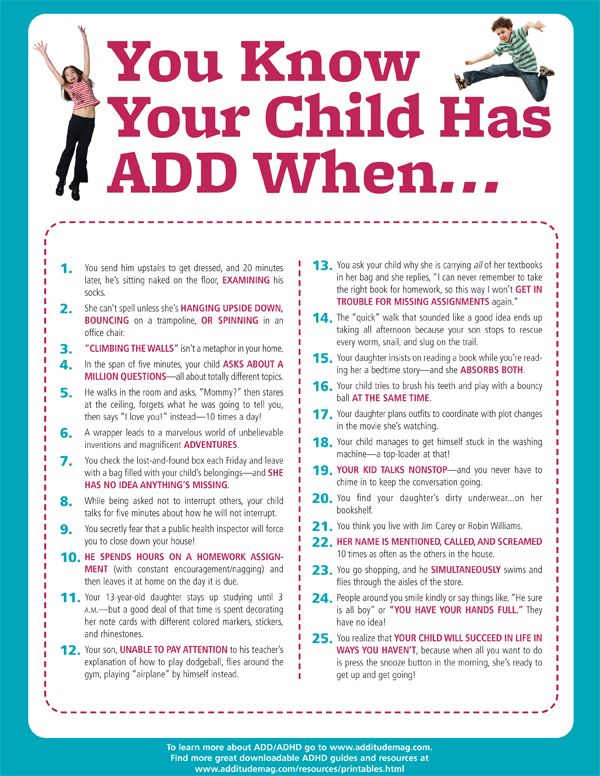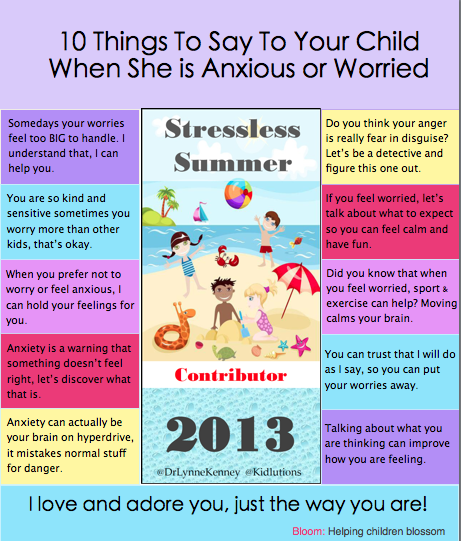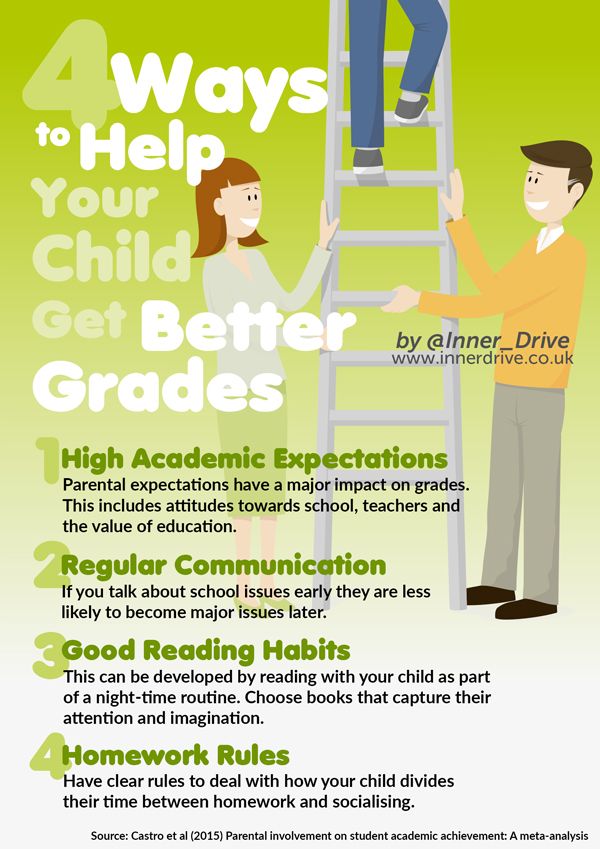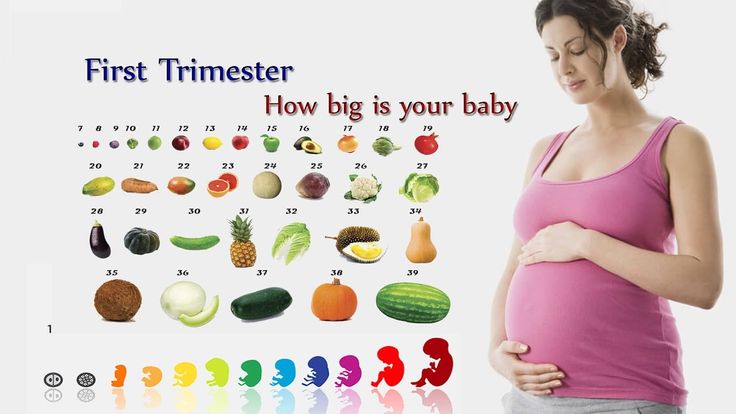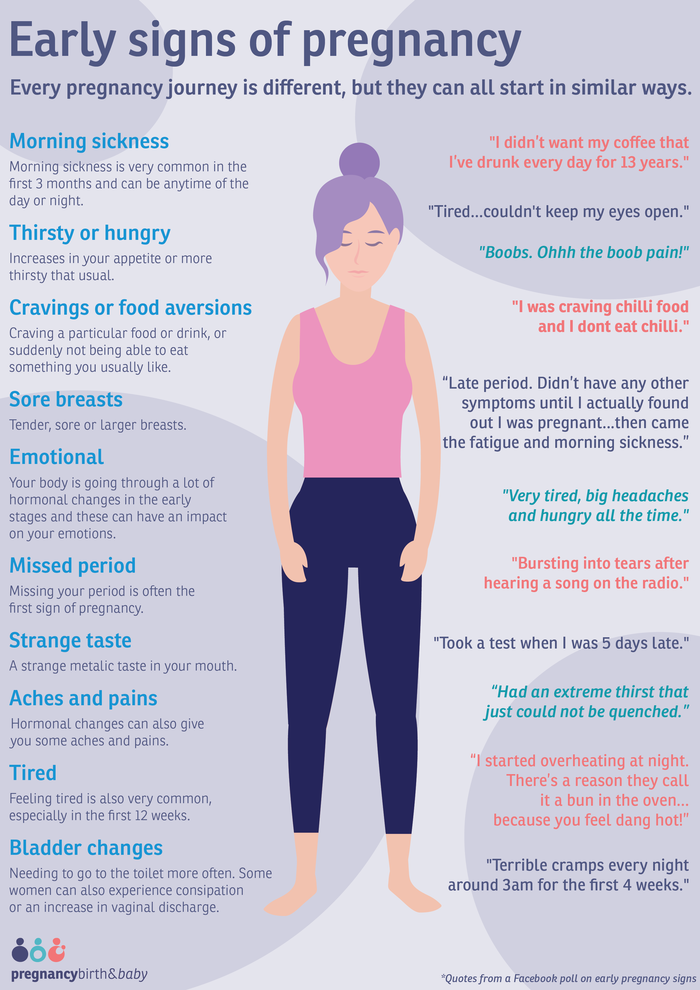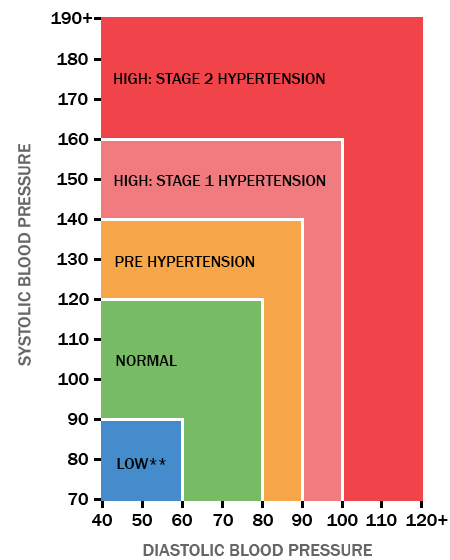How to tell if your child has a reading disability
11 Signs Your Child May Have A Reading Disability
Whether it’s something a student has struggled with in the past, or progression isn’t happening at an expected rate, reading is a common struggle for students of all ages.
For children with reading difficulties, the problem doesn’t always stop there. Many struggling readers also have trouble with skills such as writing, spelling, fluency, and comprehension.
On top of poor grades, reading struggles can also lead to stress and frustration for students—something we know can have just as much of an impact on student’s success as any learning skill.
Understanding Reading Difficulties In Children
One of the most common reading disabilities that affects students of all ages is dyslexia. Between 15-20% of people—including children—struggle with some level of dyslexia. This affects their ability to read, write, spell, and process information at the level expected.
Reading is a fundamental skills that all children must master in order to do well in school (and in the future). Students who have difficulty reading now can quickly fall behind in their classes. And without the skills needed to succeed, it can be a huge challenge to catch up.
This is why it’s important to watch for red flags that your child is struggling with reading so you can address the problem before it snowballs into something bigger.
Find out the most common reading disorder signs and symptoms in children so you can get your child on the road to becoming a more productive reader.
11 Signs Your Child May Have A Reading Disability
Red Flag: A below average reading level
Signs to watch for: Your child has difficulty reading material assigned at his or her grade level. He or she is consistently behind the level of his or her peers.
Red Flag: Difficulty sounding out words
Signs to watch for: Your child has trouble pronouncing words that he or she should know or confuses the sounds of certain letters.
Red Flag: Difficulty recognizing words
Signs to watch for: Your child doesn’t recognize words that he or she should know or easily confuses similar-looking words.
Red Flag: A lack of fluency when reading
Signs to watch for: When reading aloud, your child takes frequent pauses between words and lacks expression in his or her tone.
Red Flag: Problems understanding what was just read
Signs to watch for: Your child has a low level of comprehension when it comes to reading. He or she also has trouble understanding, recalling, or summarizing what he or she has just read.
Red Flag: Problems connecting what is read to previous knowledge
Signs to watch for: Your child has trouble connecting ideas from what he or she has read to other concepts he or she has previously learned.
Red Flag: Anxiety about reading
Signs to watch for: Your child is overcome with anxiety when reading, especially if he or she is asked to read aloud. He or she frequently says “I can’t do it” or “I don’t understand”.
Red Flag: Avoiding reading altogether
Signs to watch for: Your child avoids reading as much as possible.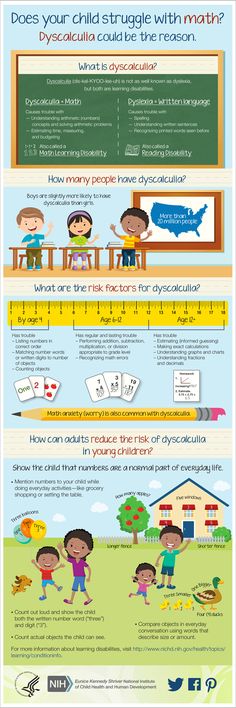 He or she approaches reading with a negative or defeated attitude, refusing to pick up books or read aloud.
He or she approaches reading with a negative or defeated attitude, refusing to pick up books or read aloud.
Red Flag: Difficulty with spelling and writing
Signs to watch for: Your child has trouble spelling many words correctly. He or she may also struggle with writing comprehensive sentences.
Red Flag: Tasks involving reading or writing take an unusually long time to complete
Signs to watch for: Your child spends a large amount of time working on reading or writing assignments, or has trouble completing them at all.
Red Flag: Easily distracted when reading
Signs to watch for: Your child has a lot of difficulty focusing on reading assignments or abandons the task before he or she has finished.
Helpful Reading Resources
12 Strategies To Help Struggling Readers Improve Reading Comprehension
How To Encourage Good Reading Habits In Kids
22 Telltale Signs of a Reading Disability
As a child learns to read, it is not uncommon for that child to experience some struggle.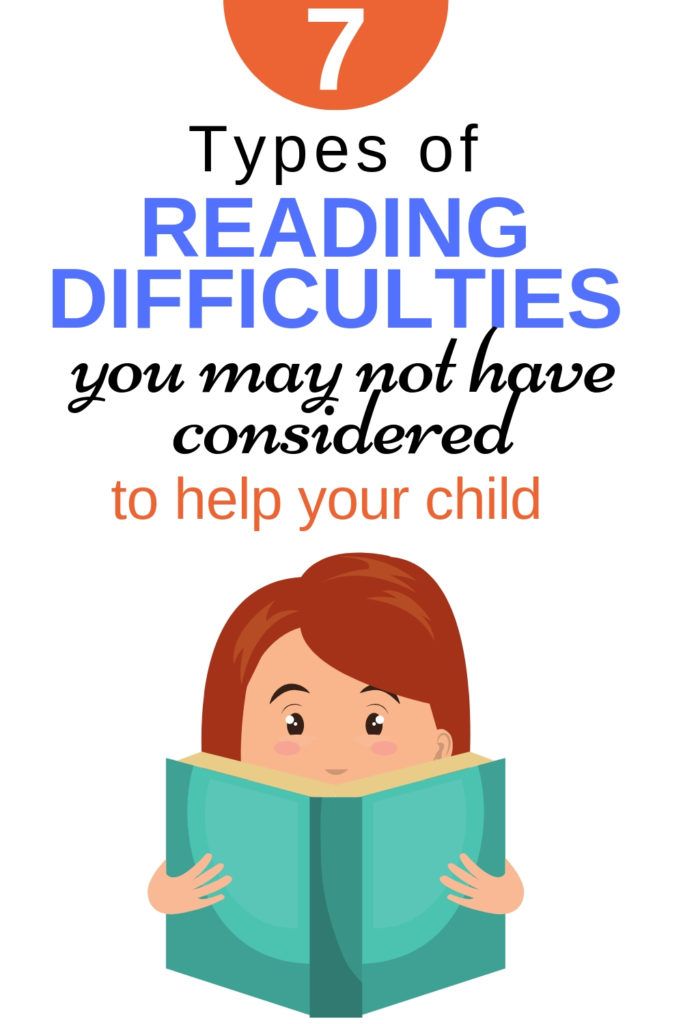 Learning to read is a complex and somewhat lengthy process, so it is typical for most students to struggle a little. But what about the child who continues to struggle with reading? Who is frustrated and responds to reading with anxiety? It could be the first sign of a reading disability. When teaching reading, it is helpful to be able to recognize these 22 telltale signs of a reading disability.
Learning to read is a complex and somewhat lengthy process, so it is typical for most students to struggle a little. But what about the child who continues to struggle with reading? Who is frustrated and responds to reading with anxiety? It could be the first sign of a reading disability. When teaching reading, it is helpful to be able to recognize these 22 telltale signs of a reading disability.
*For even more teacher support, join us in the Print and Play Club and have unlimited access to amazing resources and activities for Pre-K & Kindergarten!
22 Telltale Signs of a Reading Disability
When I was teaching third grade, I had a student who was very behind in reading. Very, very behind. All her data (and I collected a lot of it) suggested she ranked in the bottom 7% of my class and the bottom 5% of the entire third grade at my school. Despite all the interventions I could offer she just wasn’t making progress like my other struggling readers were.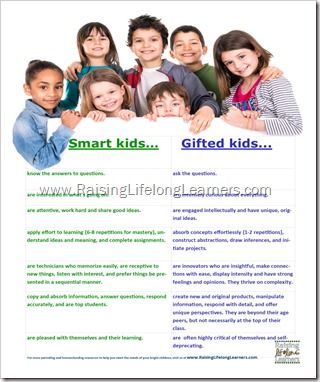
I decided to investigate a little further. I talked with the teacher she’d had in second grade, who reported the same things I had been seeing. Looking more closely at the data, this poor child’s graph lines were practically horizontal. She had made negligible growth over the last year, and that was problematic.
So, I filled out the mountains of paperwork and took my concerns to the IEP board… where they were promptly dismissed. You see, yes, this little girl had made such minimal gain it could hardly be considered as such, but she was also an English Language Learner. She was originally from South Korea and English was her second language, so the IEP board sent me on my way with a gentle pat on the head.
But I knew in my heart this was not a second language problem. This little one had been living in the same house in our town since she and her family moved to the United States five years prior. She spoke English well, albeit sometimes making very strange connections between concepts, and both of her parents spoke English as fluently as me. No, I could not chalk this up to a second language issue.
No, I could not chalk this up to a second language issue.
But, what choice did I have? I kept more data and worked even harder with her small group and I sent home specialized homework in reading that was designed just for her. I continued to keep notes and data and finally did my own in-depth assessment to try to identify where the problem lay.
And I went back to the IEP board. This time, three months later, they took me seriously and her parents consented to have her evaluated.
Sure enough, the struggle this little girl had been experiencing in learning to read was not related to the fact that her first language was Korean, it was related to the fact that her brain just wasn’t making the connections as easily as her peers, or at all.
She had a reading disability.
This little girl finally started receiving the services she needed, but what I would have given to know what I do now about identifying reading disabilities.
Reading Disability Defined
A reading disability is a type of learning disability wherein a child struggles and shows extreme difficulty in learning how to read resulting primarily from neurological factors. A reading disability is sometimes referred to as a reading disorder or “reading impaired.”
A reading disability is sometimes referred to as a reading disorder or “reading impaired.”
Recent research suggests that structural or functional problems within the brain may be the culprit for reading disabilities, but the truth is, like other learning disabilities, the absolute cause for reading disorders is unknown. What the evidence does tell us is that children who have a reading disability have a much harder time identifying and sequencing phonemes and making associations within context than their peers. While other students in their classes continue to progress, these children tend to flat line.
Three Types of Reading Disabilities
Researchers have identified three types of reading disorders:
- Phonological deficit – suggesting a core problem in the phonological processing system of oral language.
- Processing speed deficit – affecting speed and accuracy of printed word recognition (problems in fluency).
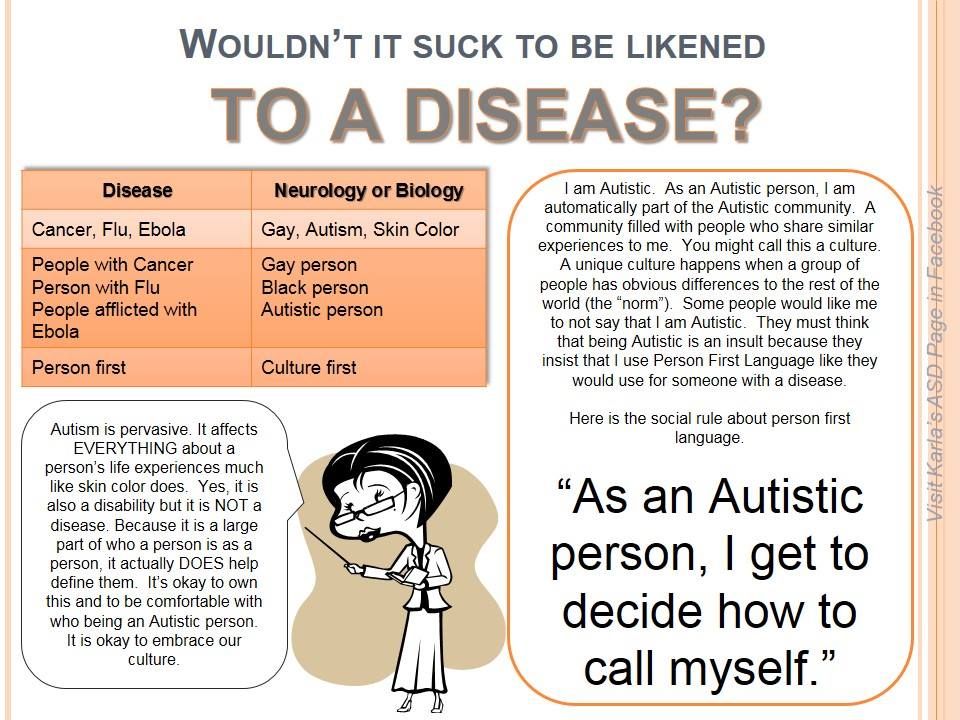
- Comprehension deficit – often coinciding with the first two types of problems, but specifically found in children with social-linguistic disabilities (e.g., autism spectrum), poor vocabularies, generalized language learning disorders, and learning difficulties that affect abstract reasoning and logical thinking.
Signs of a Reading Disability
There are several signs to look for that help identify if a child does indeed have a reading disorder. Some are basic learning habits, such as the following:
- poor pencil grip
- penmanship
- attention problems
- anxiety in reading
- task avoidance
- lack of impulse control
- easily distracted
- problems with comprehension of spoken language
Other signs of a reading disability are related more closely to the act and process of reading.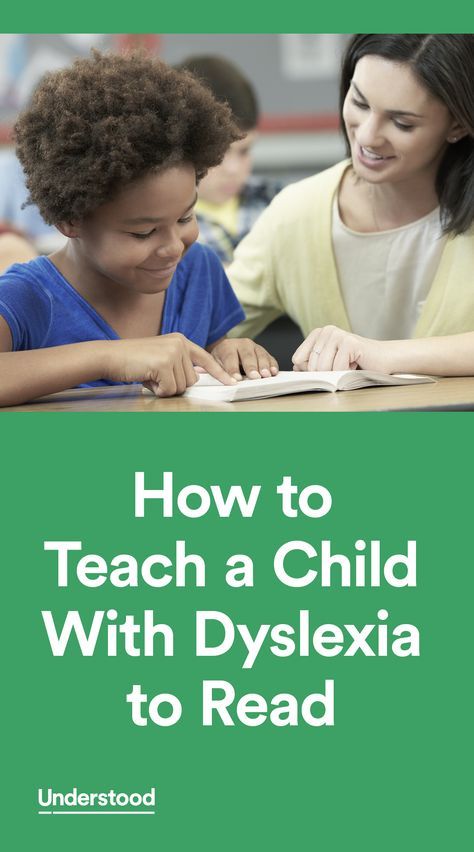 They fall under the more general categories of decoding, comprehension, and retention difficulties. Signs of a reading disability may include the following:
They fall under the more general categories of decoding, comprehension, and retention difficulties. Signs of a reading disability may include the following:
- consistent difficulty sounding out words and recognizing words out of context
- confusion between letters and the sounds they represent
- slow reading rate when reading aloud (reading word-by-word)
- lack of expression while reading
- ignoring punctuation while reading
- confusion about the meaning of words and sentences
- inability to connect concepts and ideas within a passage
- omission of, or glossing over, detail
- difficulty identifying significant information from details
- high distractibility during reading
- trouble remembering or summarizing what is read
- difficulty connecting what is read to prior knowledge
- difficulty applying content of a text to personal experiences
- inability to view content from different or new perspectives
What to Do if You Suspect a Reading Disability
If you have gone through the checklist and feel like your child or student may have a reading disorder, here’s what to do next.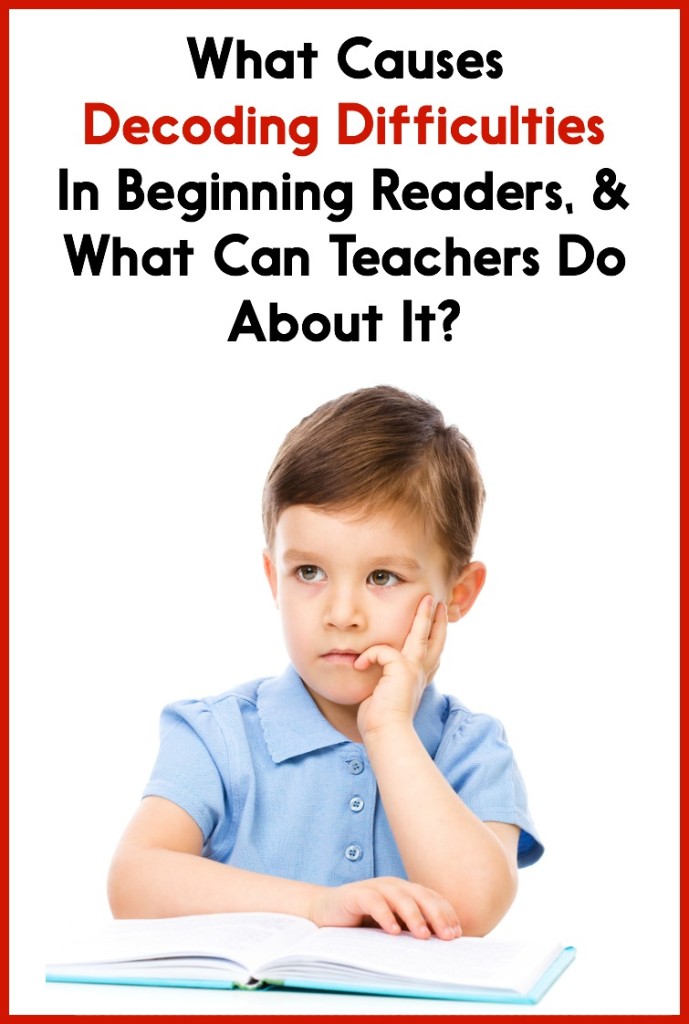
- Learn about the symptoms of reading disorders.
- Keep a journal (aka data) of behaviors associated with said symptoms and their frequency.
- Follow your school’s protocol for learning concerns.
- Discuss your concerns with your child’s teacher and pediatrician.
- Get a formal evaluation.
- Meet with IEP board to discuss results and write up a plan.
- Explore more ways to help the child learn to read.
Thinking back to the little girl in my third grade class, I didn’t suspect she had a reading disability, per se. I just knew something was not right. There was something blocking her from making progress in reading because there was no other reason for her not to be making the same kind of gains as her peers. I wish I had had a checklist like those above to help me clarify the behaviors I was seeing in her reading.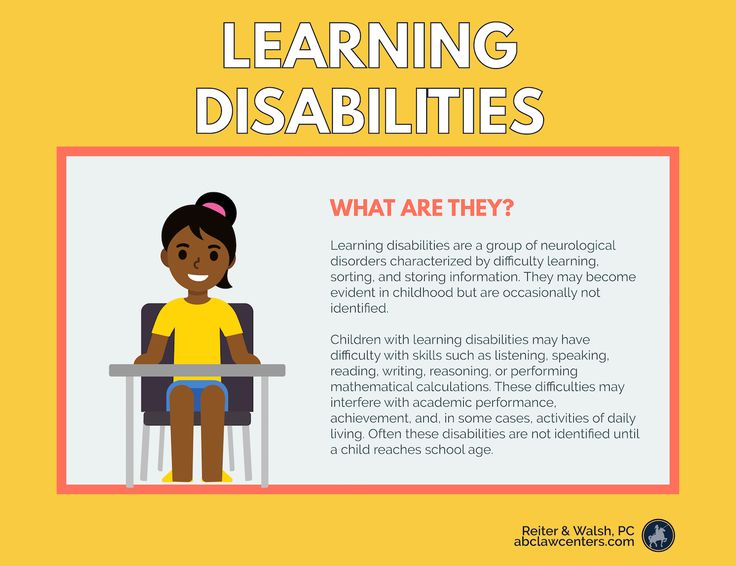
***As we continue to learn about the Science of Reading, we want to be up-to-date so that our articles are research-based. This post has recently been updated to be Science of Reading aligned.***
Guest post by Sarah from Stay at Home Educator
Want unlimited access to even MORE teacher support, activities, and resources?Then be sure you request your invite so that you can be the first to hear when the doors open again for our Print and Play Club!
With instant access to hundreds of printables by topic and skill (no more scouring the internet!), every TKC resource, video lessons, a digital games vault, “Super” Sunday Surprises, and much more – your planning time just got easier.
Request your invitation below for more info!- Author
- Recent Posts
Sarah
Sarah is an educator turned stay at home mother of four.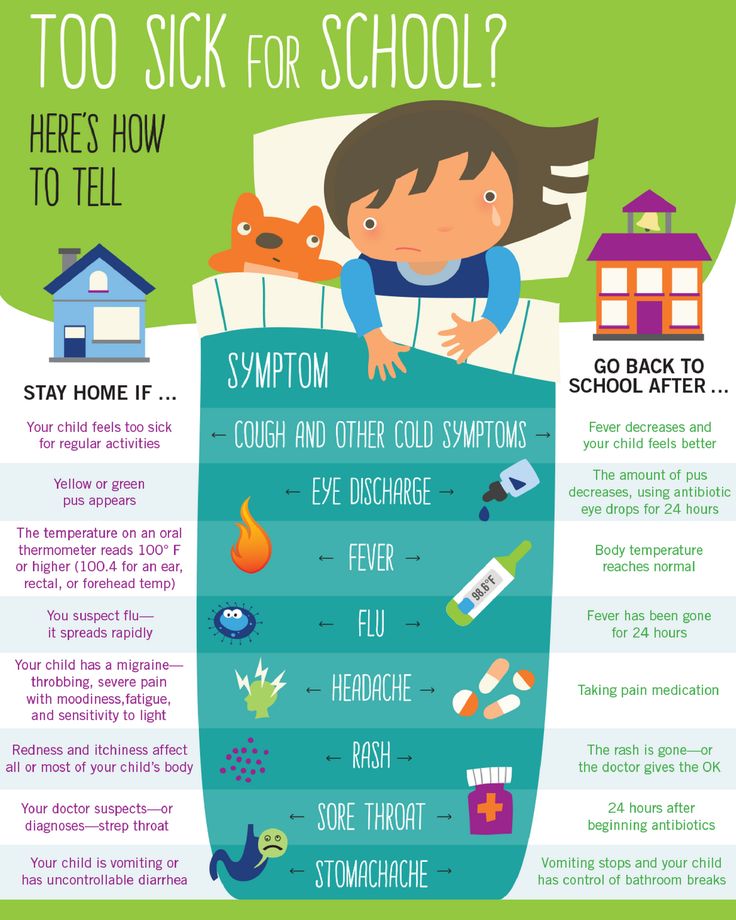 She has taught a wide range of levels, from preschool to college. She blogs at Stay At Home Educator, a website dedicated to providing creative activities and tools for teaching in early childhood. She loves Krav Maga, mountain biking, and cooking. See more over on Stay at Home Educator.
She has taught a wide range of levels, from preschool to college. She blogs at Stay At Home Educator, a website dedicated to providing creative activities and tools for teaching in early childhood. She loves Krav Maga, mountain biking, and cooking. See more over on Stay at Home Educator.
Latest posts by Sarah (see all)
Problems with reading | How to teach a child to read
When reading a child:
- replaces outwardly similar letters;
- reads letter by letter, does not switch to other ways of reading;
- skips syllables or letters when reading, rearranges, adds;
- skips words, sentences, and even entire paragraphs;
- does not understand the meaning of what is read;
- covers one eye while reading.
These symptoms may be signs of dyslexia - a partial impairment of the ability to master the reading skill.
At the same time, a child with dyslexia can be successful in other areas of life: sports or creativity.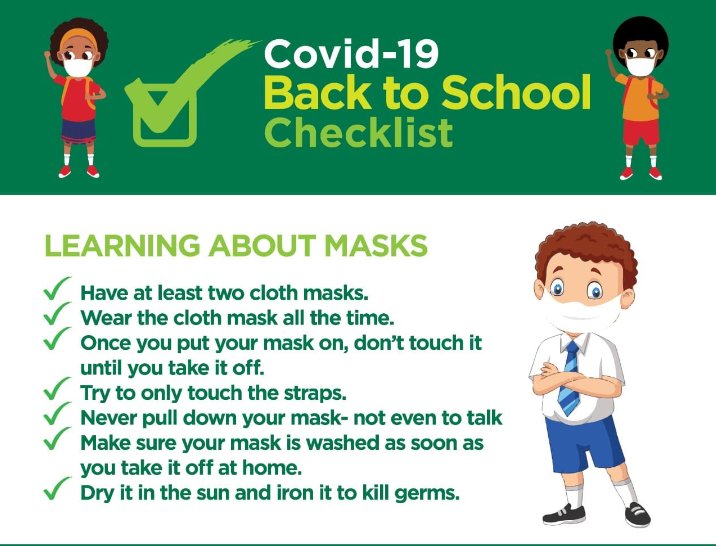
In order to help the child in a timely manner, it is worth contacting specialists. First of all, to a speech therapist, who will conduct high-quality diagnostics and draw up an individual correctional program.
Why can dyslexia occur?
The causes are not fully understood by medicine. There are several opinions:
- genetic link;
- fetal hypoxia during pregnancy;
- oxygen deficiency and birth asphyxia;
- mother's bad habits during pregnancy;
- difficult, complicated childbirth;
- head injury, concussion, meningitis, physical exhaustion;
- lack of normal communication;
- early literacy education at a rapid pace.
Reading is a complex process, it is provided by several analyzers - visual, speech-motor and speech-auditory. nine0019 A healthy child sees letters, recognizes, compares with sounds, mentally merges and combines sounds, syllables, words, sentences, and then understands and realizes what he has just read.
Children with dyslexia are different in that one or more links in this sequence fail.
Either the child does not understand what he sees on paper, or he cannot put syllables into words, or there are problems with understanding what he read.
How to help a child? nine0003
- See a speech pathologist. Classes will be aimed at establishing the correct pronunciation of sounds, their merging, words; discussion of what was read and heard, etc.
- Remember, dyslexia is not a sign of laziness, but a violation. Therefore, calmness, only calmness!
- Do not discuss this problem in front of a child!
- Begin reading skills no earlier than 5 years of age. The exception is when children themselves begin to read earlier.
- Read for yourself, read with your child. Discuss what you read, draw characters, express your feelings. nine0006
- Help him memorize the image of the letter, connect as many analyzers as possible (visual, auditory, tactile).
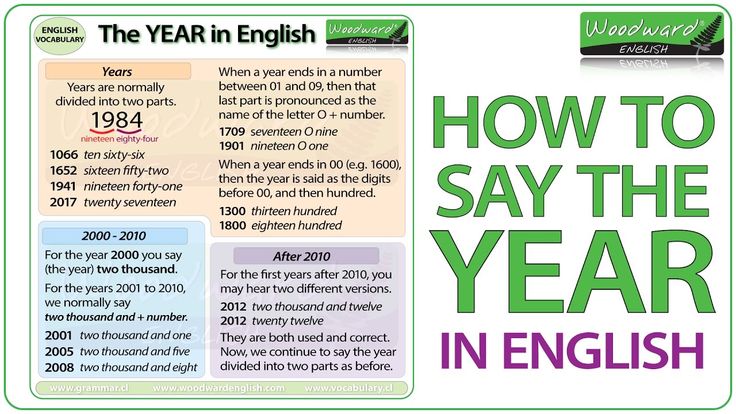
- Expand your child's vocabulary.
- Emphasize accomplishments.
- Organize the process in the form of a game.
What can you do at home?
- Creation of letters from improvised materials.
Sculpt from plasticine, lay out pasta and nuts, cut out paper, write on bulk material. nine0020
- The letter turns.
Write the letter on A4 size. Let the child turn it into some kind of image.
- Draw words.
You can draw only words first, then phrases and sentences.
The reverse option is to make a proposal according to the picture.
- Fill in the letter.
Prepare cards with unfinished letters. The task of the child is to restore it.
- Solve puzzles. nine0006
- Word game.
According to the principle of the game "Cities". Come up with a chain of words that end with the last sound of the previous one. For example: mom - album - chalk - moon - aquarium.
For example: mom - album - chalk - moon - aquarium.
- Find the word.
Print rows of letters on a piece of paper, among which the child must find a certain word. You can start by placing a card with the missing word in front of your child.
- Board games:
- Composing words from letters: "Where is the Hedgehog?", "Animal letters".
- Reading, pronunciation, memorizing the spelling of words based on pictures: "Reasonable Junior", "Read-grab", "Words".
- Expansion of the lexicon, development of auditory memory: "Tick-tock-boom", "Alias Junior".
- Articulation: "Tongue-breaker".
- Complex speech therapy games: "Fiction effects", "Crazy quest".
- Rules of the Russian language: "Ikhnii Ikhnievich".
Play, invent, read. The main thing - do it with pleasure! nine0026
Author: Lobanova Maria, psychologist.
Why does the child have difficulty learning to read?
If your child has difficulty reading, you may be wondering why this is happening and how you can help.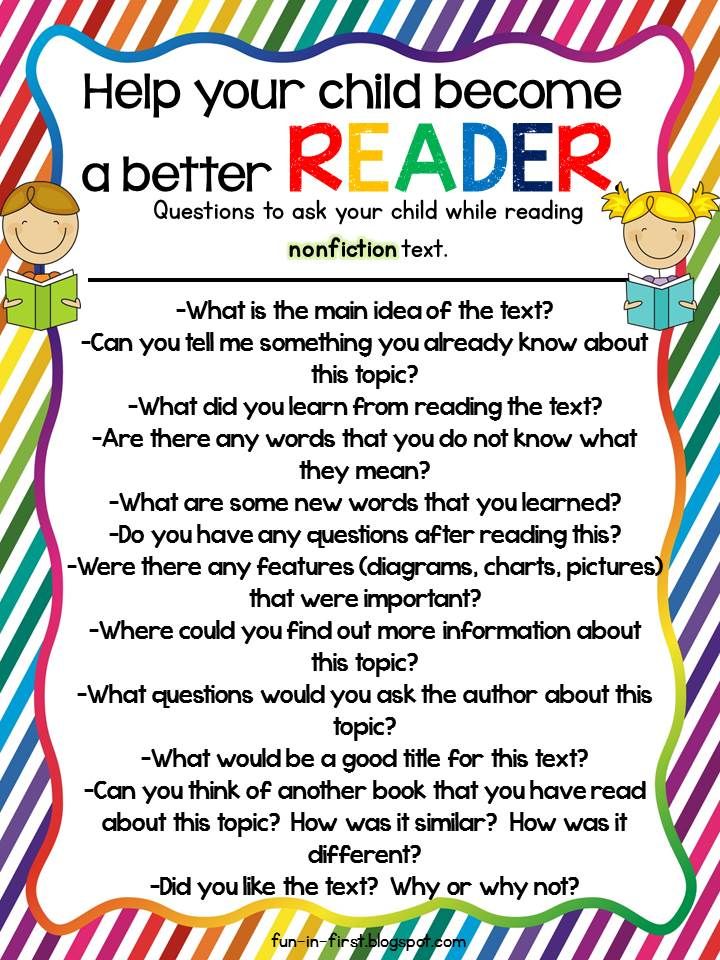 Some children simply need more time and practice than others to master reading skills. Others may need special help and support to overcome these difficulties.
Some children simply need more time and practice than others to master reading skills. Others may need special help and support to overcome these difficulties.
Learn about the possible causes of reading difficulties and how you can help children who have them. nine0020
Possible problems with reading
When children have difficulty reading, it can manifest itself in some unexpected ways, such as avoiding homework or not wanting to go to school. In some cases, they may even misbehave in class, getting frustrated by failure.
Children who have difficulty reading may avoid reading in any situation, especially reading aloud. This can happen both at school and at home. The teacher may notice, for example, that the child asks for time off to use the restroom during assignments where students are required to read aloud. nine0020
You or your child's teacher may have noticed specific reading difficulties your child is having.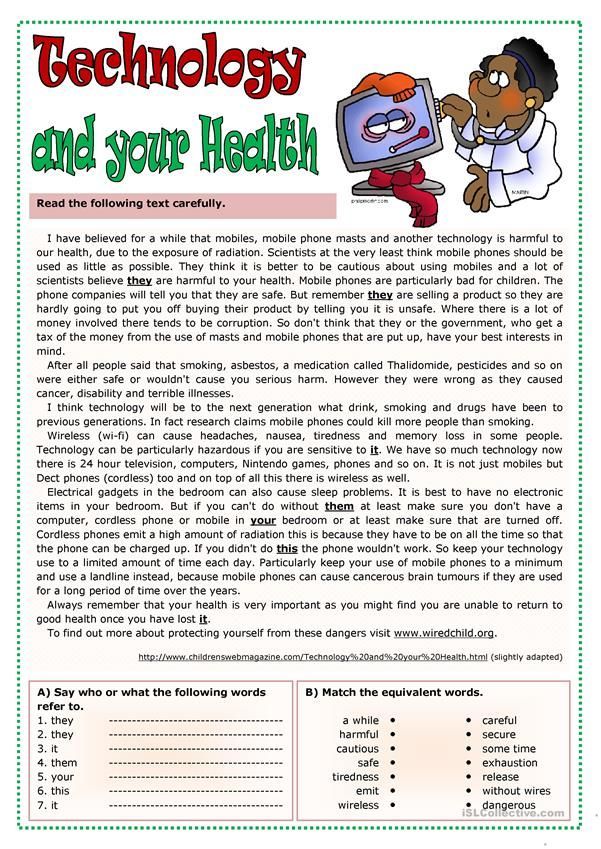 For example, your child may have trouble saying words, or may not be able to explain what the story they just read was about.
For example, your child may have trouble saying words, or may not be able to explain what the story they just read was about.
Sometimes reading difficulties show up quite early. For example, preschool children cannot recognize letters or understand the concept of rhyme. They may find it difficult to pronounce words correctly or they may change letters in words, for example, they say “kannaya masha” instead of “semolina”. Or they may take much longer than other children to learn the alphabet and the days of the week. nine0020
In other cases, reading difficulties do not appear for quite some time, perhaps even until high school. Here are some skills that children may have difficulty with as they get older:
-
Spelling
-
Reading comprehension
-
Summing up the story
-
Solving text problems in mathematics
-
Correct reading aloud
nine0005 -
Learning a foreign language
-
Follow instructions
-
Time tracking
-
Understanding jokes and common expressions
Remembering facts and numbers
What can cause problems with reading
When children have problems with reading, it does not mean that they are not smart or lazy. In fact, children who struggle with reading often work very hard, they just need good help and more support to succeed. nine0020
In fact, children who struggle with reading often work very hard, they just need good help and more support to succeed. nine0020
When children are lagging behind in reading, the first thing to look at is their age. Not all children develop at the same rate, and some may take longer to learn to read. This difference can be especially pronounced in children who are younger than their classmates.
It is also worth knowing how they learn to read. Maybe they don't get the right instructions and this affects how fast they learn and how well they read. nine0020
Some children process information and think differently, and these differences can cause reading problems. This includes a common reading disorder called dyslexia.
One of the most common causes of reading difficulties is a violation of phonemic perception in a child. Learn how to develop phonemic awareness from an early age!
Another possible factor is heredity.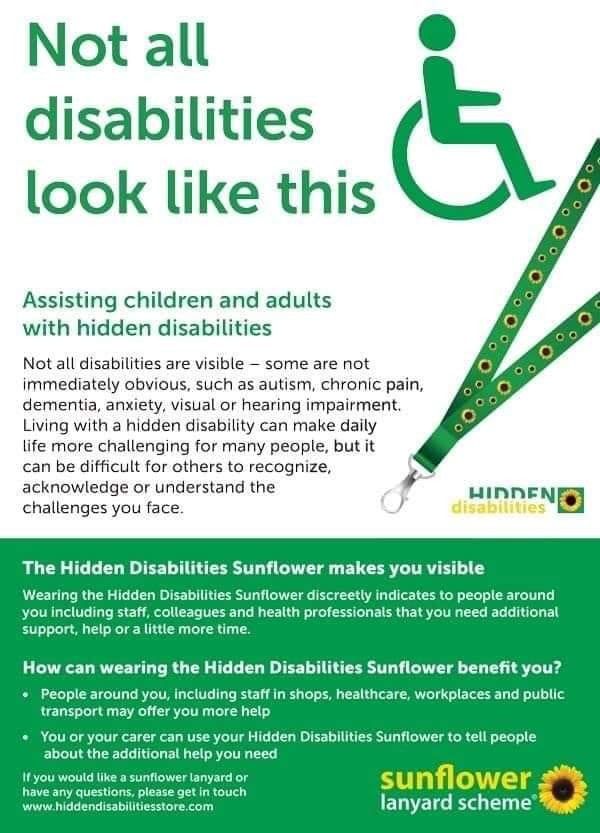 Reading difficulties are often inherited. nine0020
Reading difficulties are often inherited. nine0020
Is there anyone in your family who doesn't like to read? Maybe someone reads slowly or makes a lot of mistakes when reading? Relatives have the same reasons for "dislike" to reading. This phenomenon is a good clue for parents - if a close relative has difficulty reading, it is not surprising if your child has the same problem.
Fortunately, whatever is causing your child's difficulty in learning to read, there are ways to help them both at home and at school. nine0020
How to help your child overcome reading difficulties
Depending on the cause of your child's reading problems, there are various ways to help them. First of all, it is very important to note the symptoms. If there is any pattern that has been going on for some time, it is worth talking to a specialist. Your child's teacher or pediatrician can provide additional information and helpful suggestions.
Even if you don't know or are not sure what is causing your child's reading problems, you can still work on strengthening reading skills at home.
Find out some ways to help your child improve reading skills:
The Reading Brain - How does the brain help you read and why is it important?
0268
Why is decoding so important for learning to read?
6 Key Skills for Reading Comprehension
5 Nuances of Reading Parents Should Know
9001 they are not smart enough and this can greatly reduce their self-esteem. Celebrate any progress, even the smallest, and don't forget to praise your child when they make progress in strengthening their reading skills. Explain to the child that all people have weaknesses and strengths, as well as personal characteristics. Get to know your child's strengths and work together on activities where he can show them. This will be a great support for your child's self-esteem! nine0020
If you suspect your child has dyslexia, find out how the symptoms of dyslexia present with age.